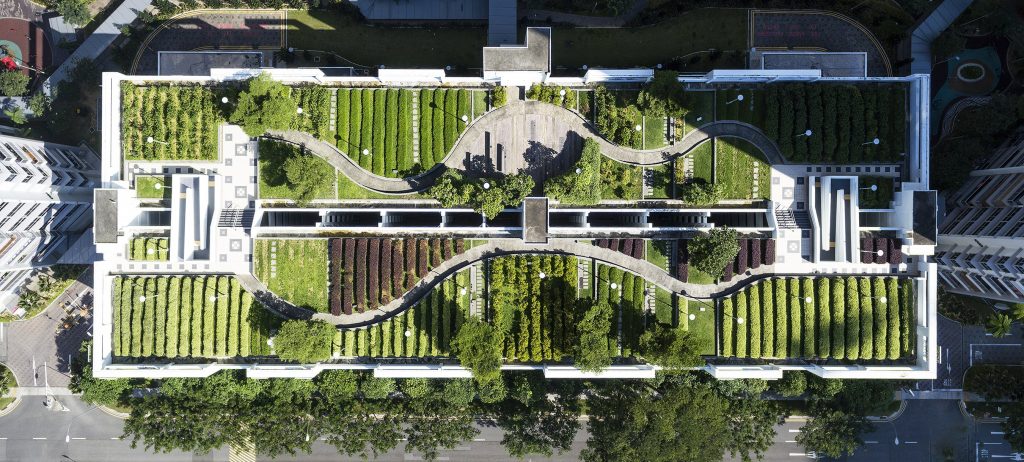
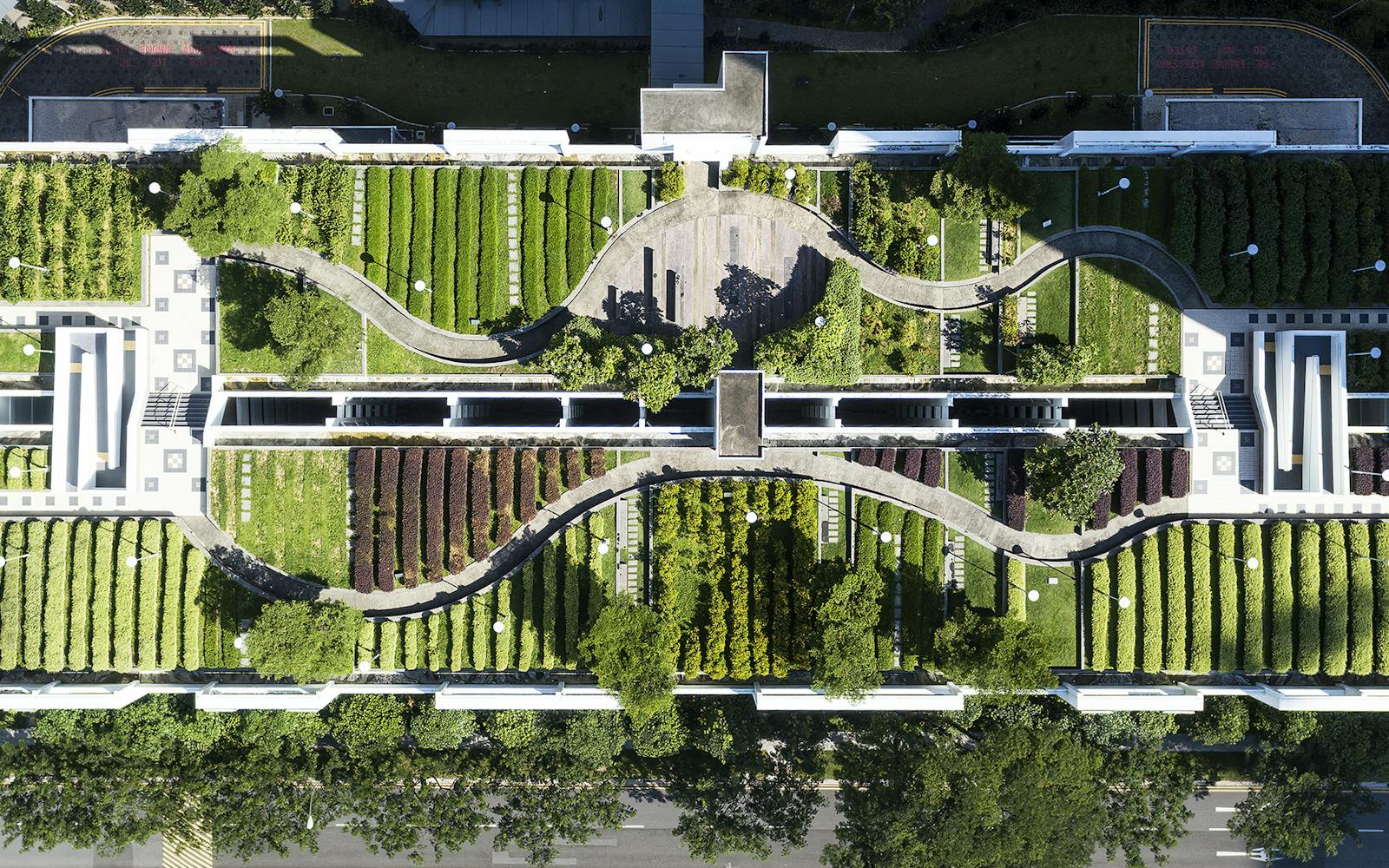
Rooftop gardens – like this one in Singapore – can help communities adapt to climate change by insulating buildings from extreme temperatures and preventing floods by absorbing stormwater. Photo: Lim Weixiang/Zeitgeist Photos
Ahead of COP 28 – the United Nations climate change conference taking place in Dubai in early December – governments are seeking to agree on a framework for the Paris Agreement’s Global Goal on Adaptation to build resilience to the increasingly devastating impacts of climate change. Cristina Rumbaitis del Rio and Evelin Tóth explain.
As the UN’s latest report on adaptation makes clear, if we don’t change how we’re living in the face of a changing climate, humanity won’t survive.
According to “Underfinanced. Underprepared,” the new report from the United Nations Environment Programme (UNEP), progress on climate adaptation is slowing on all fronts, with the financing gap now at a staggering US$ 194–366 billion per year. Even as needs are growing, international public funding for adaptation in developing economies declined by 15% in 2021.
UNEP’s report comes just weeks ahead of COP 28 in Dubai, where countries are expected to finalize a framework for the Global Goal on Adaptation — a crucial strategy for addressing the ripple effects of climate change we’re already witnessing, including devastating heat waves across most of the Northern Hemisphere this summer, the warmest ocean temperatures ever recorded, prolonged drought in the Horn of Africa, deadly fires in Hawaii and across Canada, and one of the most active hurricane and cyclone seasons, as well as widespread catastrophic flooding across 10 countries and territories in just 12 days.
The best available science tells us that this is just the tip of the (melting) iceberg. Preparing for this new era requires systematic changes across all dimensions of society. We need health systems that are ready for more extreme weather and prolonged heat waves. We need to shift how, where, and what we grow in response to changing temperatures and rainfall. We need to change how we protect ecosystems and biodiversity, taking into account more extreme and unpredictable climate conditions. We need protective infrastructure and early warning systems, as well as strong safety nets and expanded humanitarian response capacity as the climate crisis intensifies.
As UN Secretary-General António Guterres said upon the report’s release, “We are in an adaptation emergency. We must act like it,” before adding that governments should tax the windfall profits of the fossil fuel industry to help the most vulnerable nations cope. Otherwise, climate change will continue to negatively affect billions of people around the globe, with worsening repercussions for every rising degree of global warming.
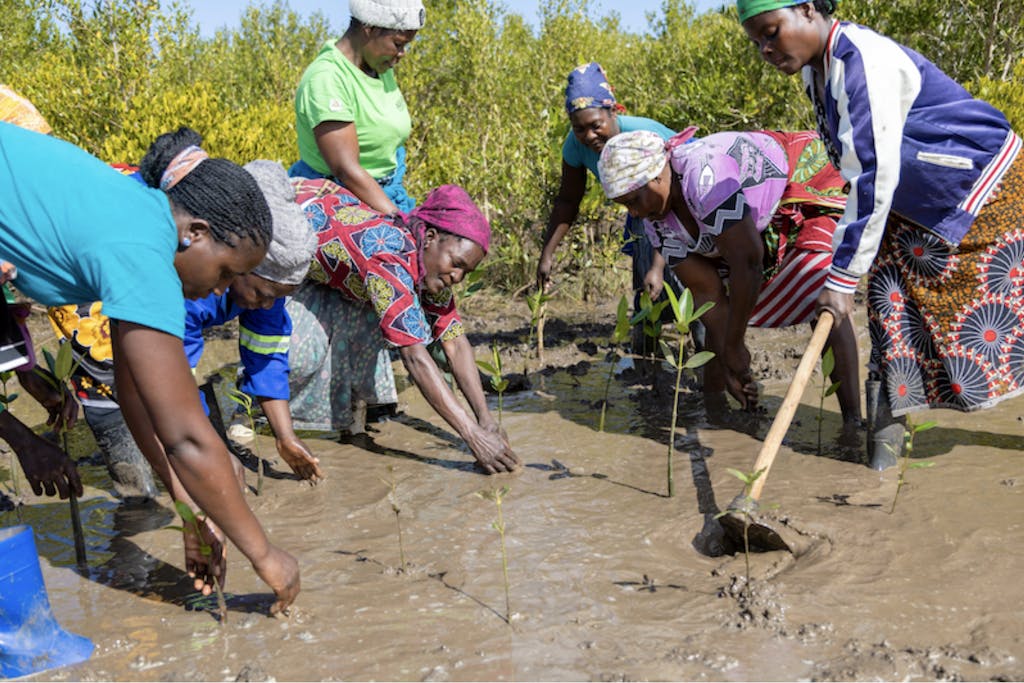
A project to restore mangrove forests in southern Mozambique combines traditional planting techniques with a unique watering method that mimics natural tides. Photo: UNEP/Artan Jama
A GLOBAL GAME PLAN FOR COP 28
While COP 28 represents a pivotal moment for climate adaptation, it is nearly a decade in the making. In 2015, the UN-brokered Paris Agreement established a Global Goal on Adaptation to enhance countries’ capacity to strengthen resilience and reduce vulnerability to climate change. While this was an important step toward accountability and cooperation, there was little clarity on the elements of the goal and how success would be measured.
For the past two years, negotiators and experts have been discussing the technical details of the Goal, including potential targets and headline goals that would guide multilateral efforts and help policymakers track progress.
So what exactly needs to happen at COP 28 to put climate adaptation on par with mitigation efforts?
- Governments must reach an ambitious agreement on the framework of the Global Goal on Adaptation, one that sends a clear message on the need to accelerate action so all countries, communities, ecosystems, and economies can have in place structures and systems to withstand the ravages of climate change.
- The framework needs to contain robust and science-based quantitative and qualitative targets to guide global action and enable the tracking of progress.
- Countries need to mobilize financial resources to achieve the framework’s proposed targets. Otherwise, it risks being a hollow agreement. Importantly, this means ensuring that at least 50% of overall climate finance flows to low-income countries in the greatest need of adaptation support.
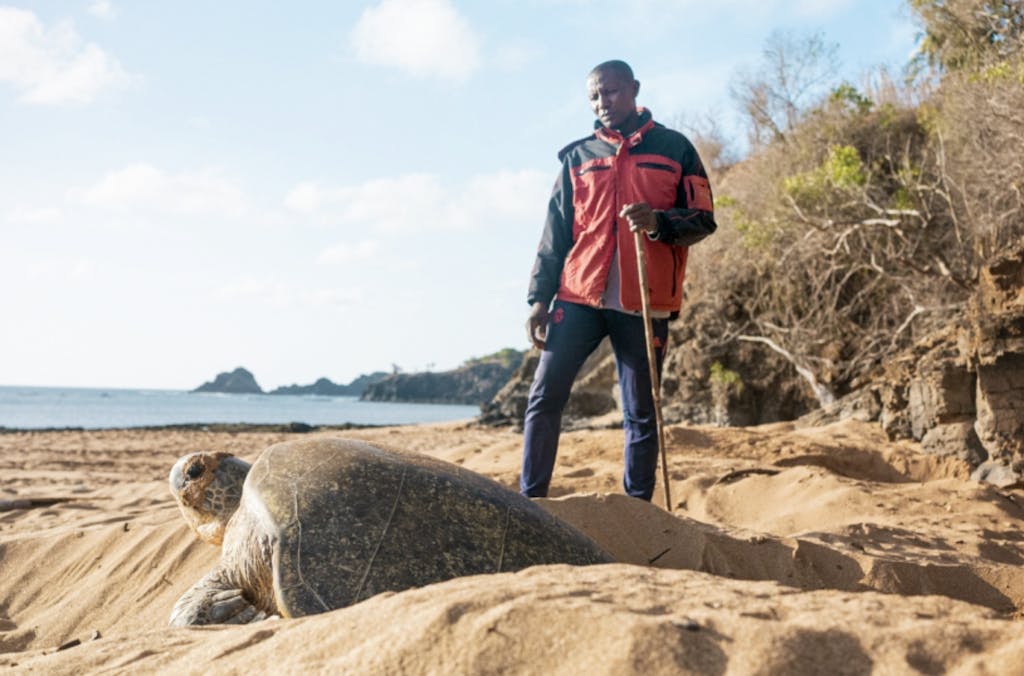
In the Comoros, volunteers keep an eye on sea turtles as they nest, protecting the animals from predators and poachers. Photo: UNEP/Frank Papuska
CLIMATE-PROOFING THE SDGS
The Global Goal on Adaptation could also reinvigorate the Sustainable Development Goals (SDGs) by complementing them with an additional set of goals and targets that guide action toward climate resilience.
What countries need now is the political will and financial commitment to agree on a framework that will imbue every aspect of the 2030 Agenda with a climate-conscious perspective — from bolstering resilient agricultural production and diversifying livelihoods to fortifying climate-resilient infrastructure and nurturing nature-based solutions.
By harnessing the momentum of a new Global Goal on Adaptation to augment the SDGs, we can ensure that our progress so far will not only endure but flourish in a future shaped by climate change.
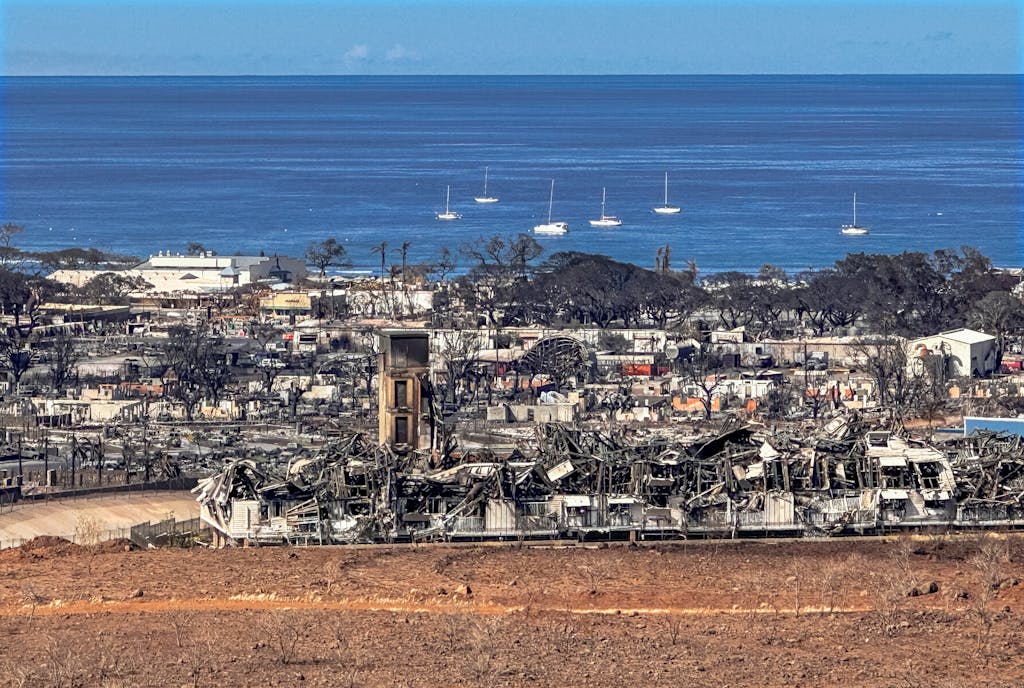
The wildfire in Lahaina, Hawaii damaged or destroyed over 2,000 buildings; biologists say flammable non-native grasses helped it spread quickly. Photo: Courtesy of State Farm
CONFRONTING THE ADAPTATION EMERGENCY
For the past three decades, climate negotiations at the UN have focused primarily on reducing greenhouse gas emissions, with limited consideration for communities already facing the disastrous consequences of global warming. But as extreme weather becomes an everyday reality for people across the globe, adaptation is finally demanding the political attention it deserves. As Secretary-General Guterres said this summer while millions of people worldwide faced a cascade of weather catastrophes: “Climate change is here. It is terrifying. And it is just the beginning.”
At this year’s COP 28, global leaders have the chance to create a bold new framework for building climate-safe communities, safeguarding ecosystems, and protecting the well-being of all people. It’s time to seize this opportunity and put the Global Goal on Adaptation at the top of the agenda — before it’s too late.
Learn More
Check out this explainer from the UN Foundation’s Cristina Rumbaitis del Rio and Evelin Tóth to learn more about climate adaptation.
And be sure to check out the updated paper co-authored by Cristina Rumbaitis del Rio and Kaveh Guilanpour of the Center for Climate and Energy Solutions for a deeper look at what this means for COP 28. Read the July 2023 version here.

